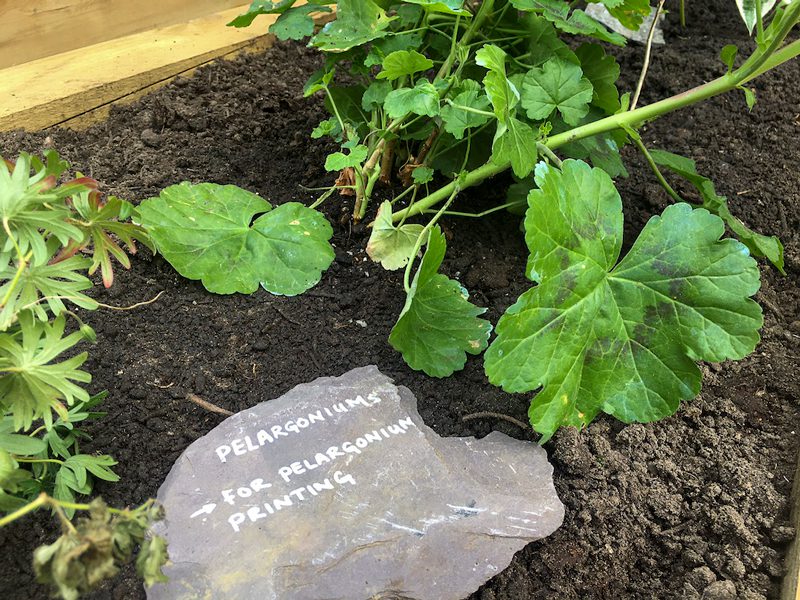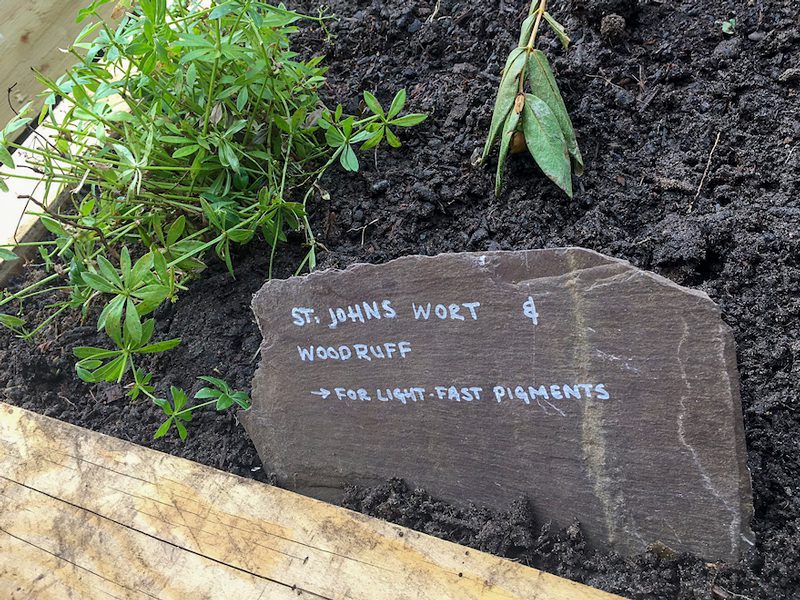Sustainable Darkroom Posted On 16th November 2021 To Magazine & Alternate

Time to go green?
As the threat of the climate crisis grows each day - we must strive for sustainability in all aspects of life. But when standing atop a cliff shakily clutching your 5x4 camera, or working under the red light of your local darkroom - sustainability can seem like a distant concern, reserved for those in stuffy offices or holding placards outside of parliament.
As analogue photography has always been eager to embrace innovation in the face of change - is it time to go green?
My name is Edd Carr - I’m an artist and researcher based in Yorkshire, and I have been using analogue mediums since 2016. Starting off shooting 35mm, I progressed to alternative processes, and other experimental forms of photography. I am now most known for my cyanotype animations, and for founding the Northern Sustainable Darkroom, a research facility that is part of the wider Sustainable Darkroom network.

Artist-Led
Founded by Hannah Fletcher, the Sustainable Darkroom is a worldwide artist-led movement. Its central aim is to transform our approach to photographic materials, and their historically unsustainable nature. From toxic chemicals, to silver particles and beyond - analogue and eco-friendly seem at hopeless odds. But we provide education, research, and arts opportunities to promote and develop sustainable alternatives to analogue photography.
Already, members of the movement have pioneered green alternatives set to revolutionise the medium. From developers made out of seaweed, to plant-based gelatin alternatives, or reclaiming silver from fixative through electrolysis - the Sustainable Darkroom is leading the charge on eco-conscious photography.
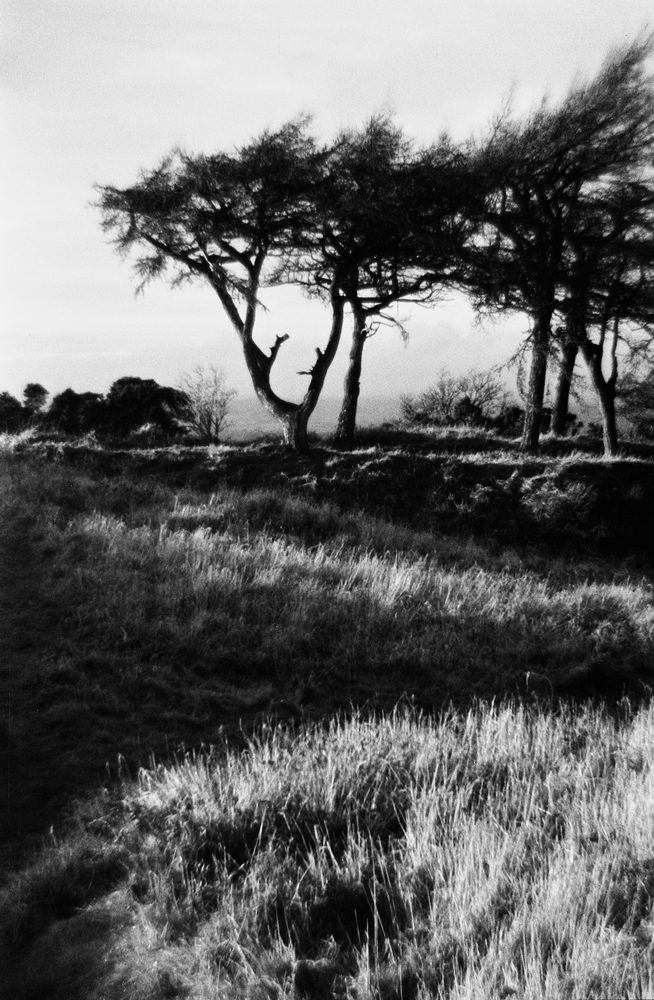
The Ecology of Grain
My involvement in the Sustainable Darkroom began in 2019, when I wrote my popular research paper, The Ecology of Grain. As the first ecological assessment of animal gelatin in analogue film, it revealed some hidden truths about film to the community. For instance - although the amount per roll is tiny, it snowballs into a weighty gelatinous mass for the entire industry. About 6700 London double-decker buses worth, by 2025.
Joining the Sustainable Darkroom residency programme in 2020, I wrote a follow-up research paper - entitled Stare into the Caffenol to Reveal Your Future. In this, I propose an alternative future for analogue photography, based around a network of grassroots darkrooms prioritising and pioneering sustainable methods. These spaces would operate on four core principles - REMOVE, RECYCLE, REPURPOSE, REWORK.
Operating on a non-profit, decentralised basis - these spaces would aim to provide a genuine alternative to the mainstream photographic industry. Internalising the entire analogue process, the spaces would aim to eliminate waste and environmental harms, whilst existing as educational resources freely available to the public.
A permanent Facility
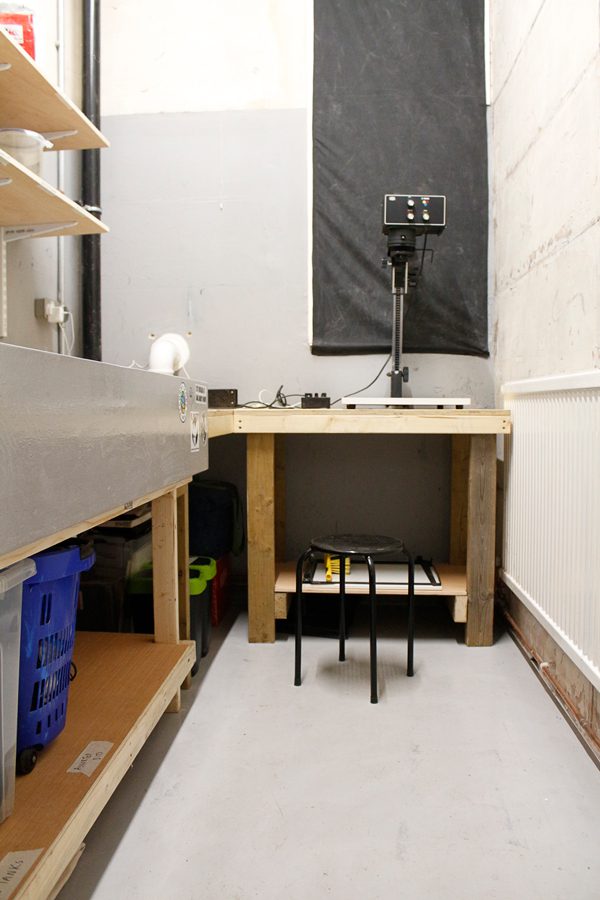 I decided to put this theory into practice - and create the first permanent facility of its kind within the Sustainable Darkroom movement. Based in Leeds and supported by East Street Arts, the Northern Sustainable Darkroom was born.
I decided to put this theory into practice - and create the first permanent facility of its kind within the Sustainable Darkroom movement. Based in Leeds and supported by East Street Arts, the Northern Sustainable Darkroom was born.
The Northern Sustainable Darkroom is focused on three main areas, whilst existing as a functioning photographic darkroom:
- Research of sustainable alternatives.
- Project-based access for artists and members of the public.
- Non-profit educational programmes and resources.
For example, 1: Researching alternatives to animal gelatine. 2: Micro-residencies for photographers wishing to develop a photo project sustainably using our facilities. 3: Free workshops in home developing. With a small gallery space in the works, we also hope to exhibit resident photographers work - and spread the word about sustainable photography.
Residency programme
At the moment, we are running the Photographic Garden residency programme, we have built a garden attached to the darkroom. The garden is being utilised to grow materials needed for the darkroom, helping us internalise the analogue process. For example: making film developer from different types of mint; printing on pelargonium leaves; using St. John’s Wort to extract light-fast pigments; and extracting vitamin C from foraged berries and other plants to replace traditional elements of darkroom chemistries.
Eight artists have also been commissioned to research different projects using the garden, innovating radical alternatives to photographic methods. Projects include creating colour filters from plant-based materials, setting up a hydroponic system to clean waste chemistry, and growing fungi to degrade resin papers and other plastics.
To follow the garden’s progress, be sure to follow @northernsustainabledarkroom and @sustainabledarkroom on Instagram. We also have a Patreon community, with monthly talks, support, and advice on all things sustainable darkroom!
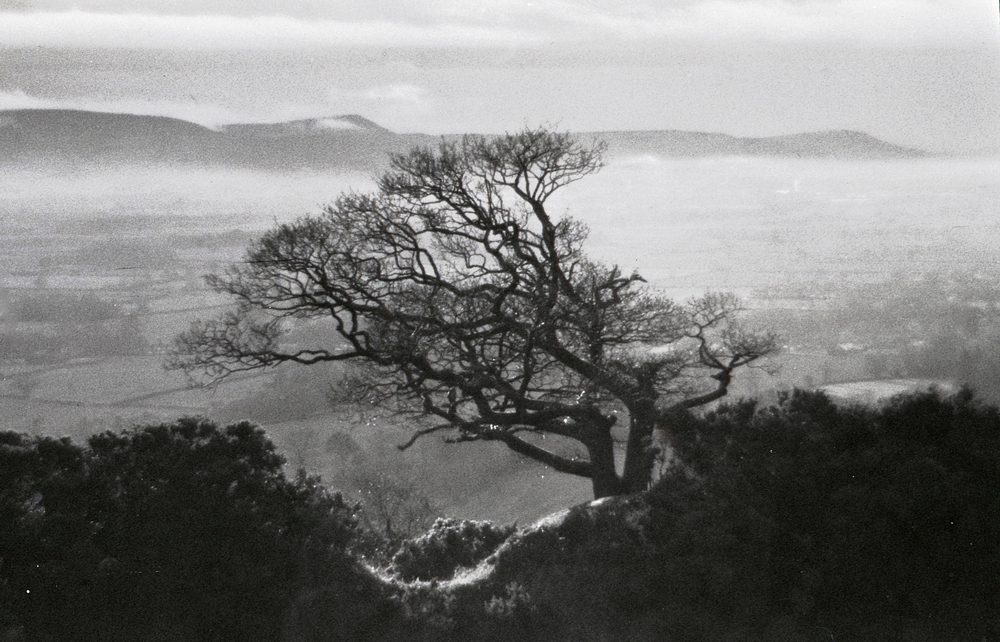
HP5-developed-in-homemade-developer
About The Author

Edd Carr
To follow the garden’s progress, be sure to follow @northernsustainabledarkroom and @sustainabledarkroom on Instagram. We also have a Patreon community, with monthly talks, support, and advice on all things sustainable darkroom!







